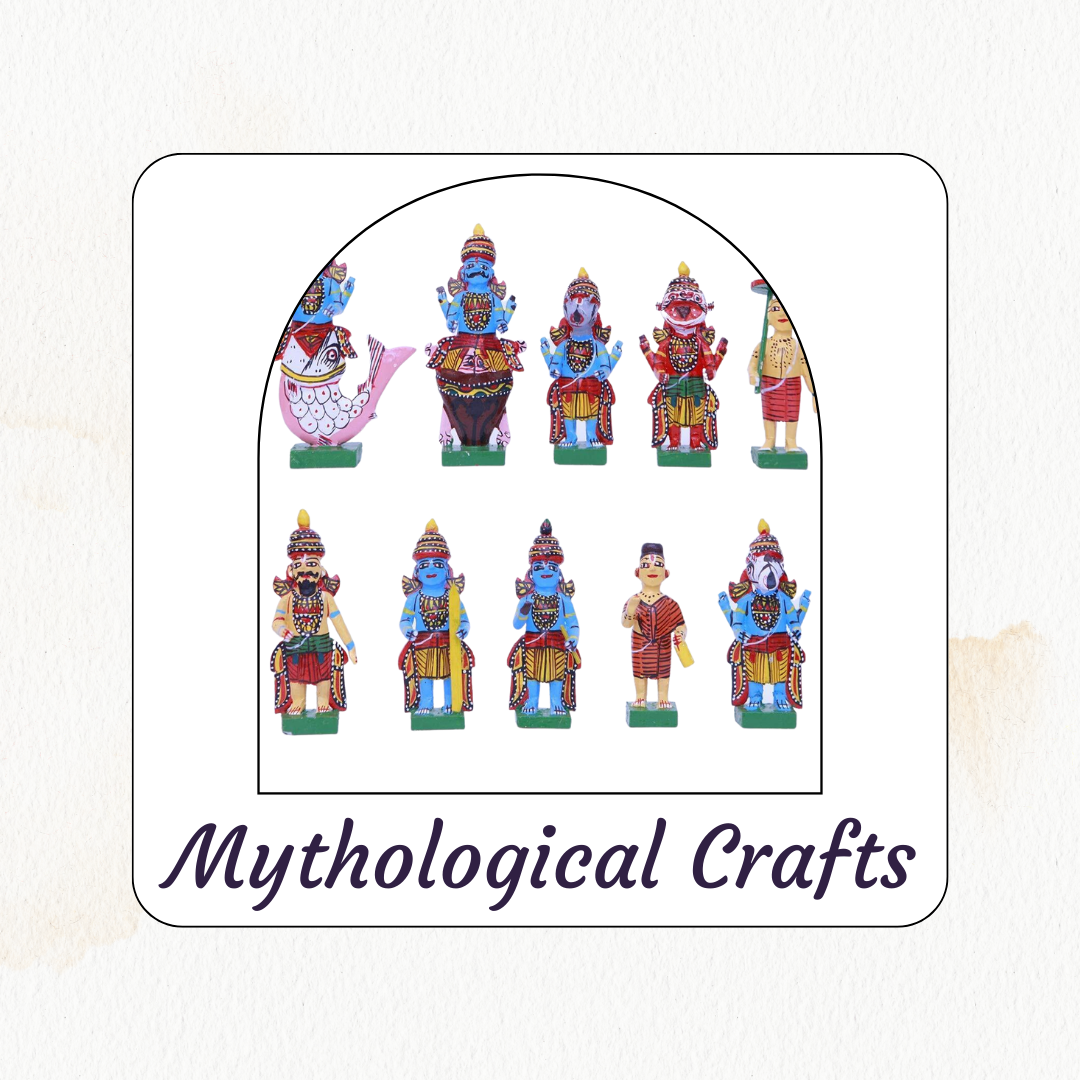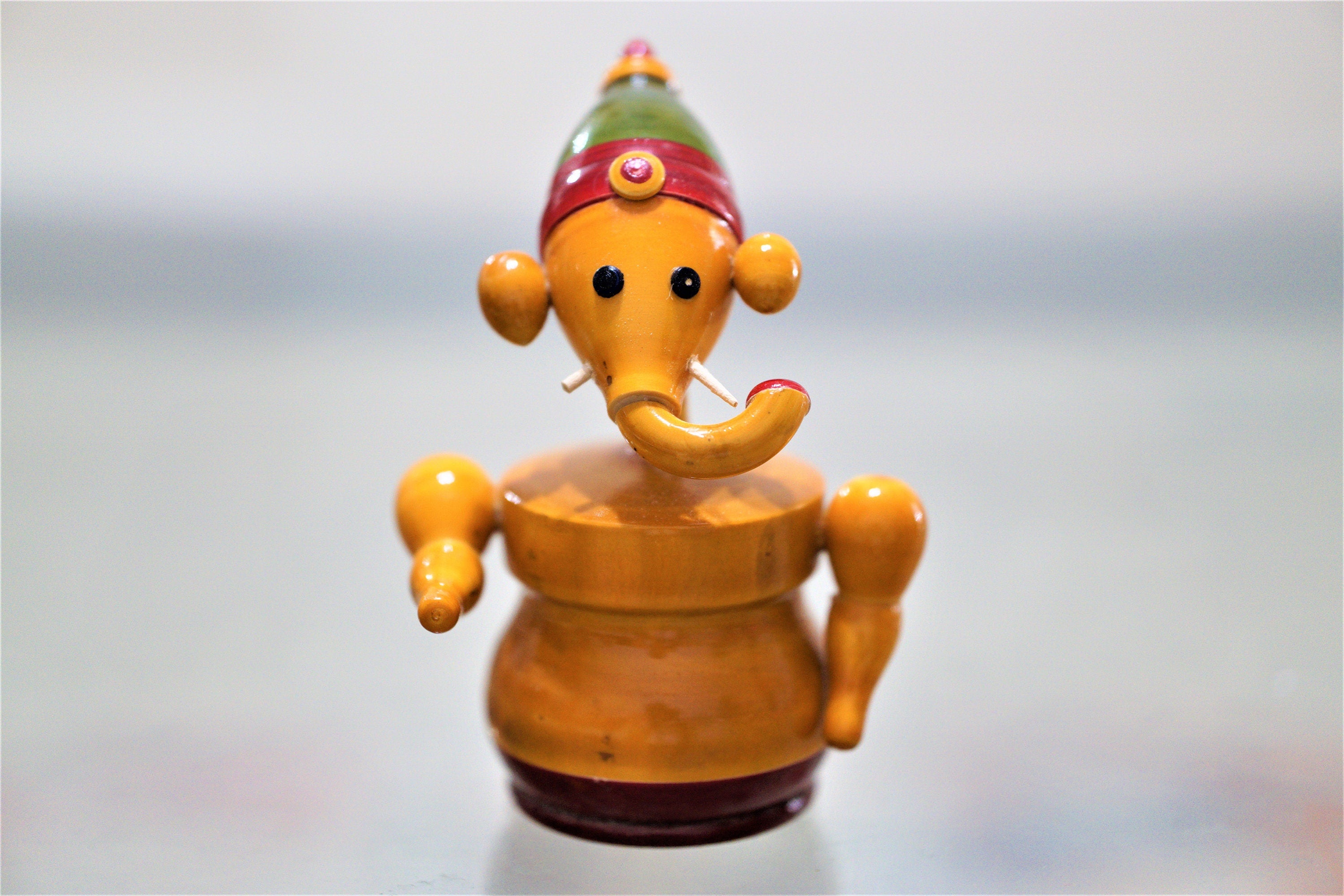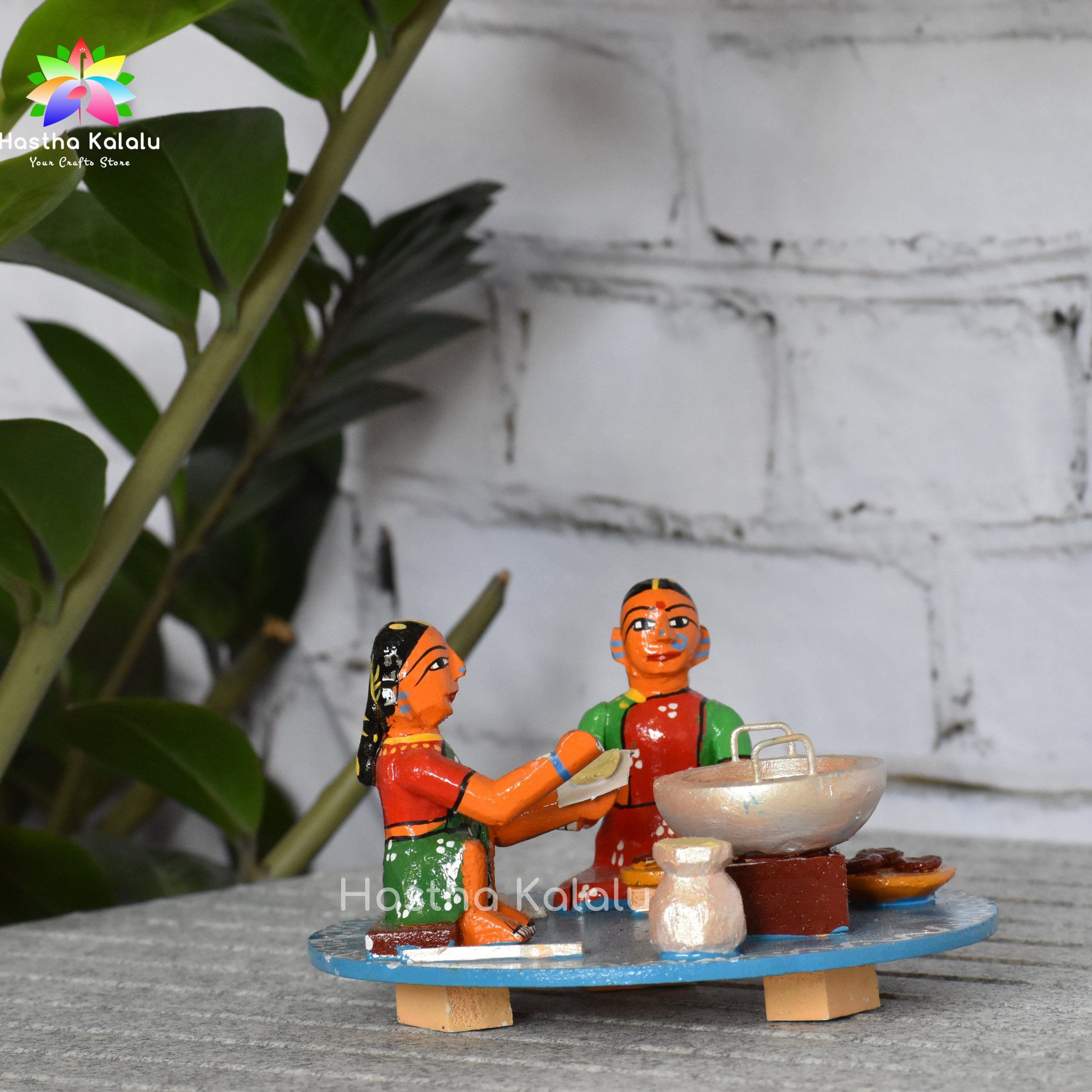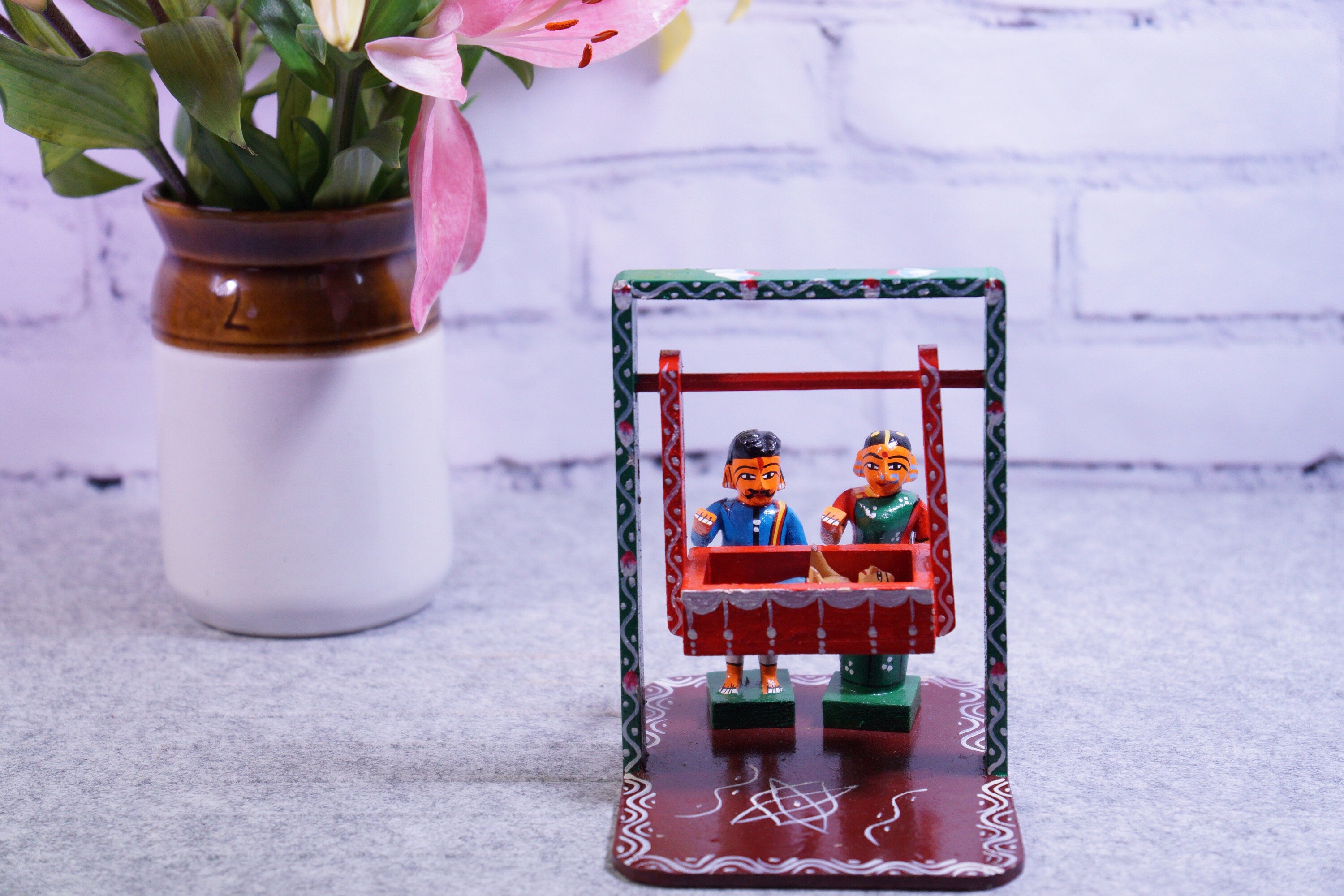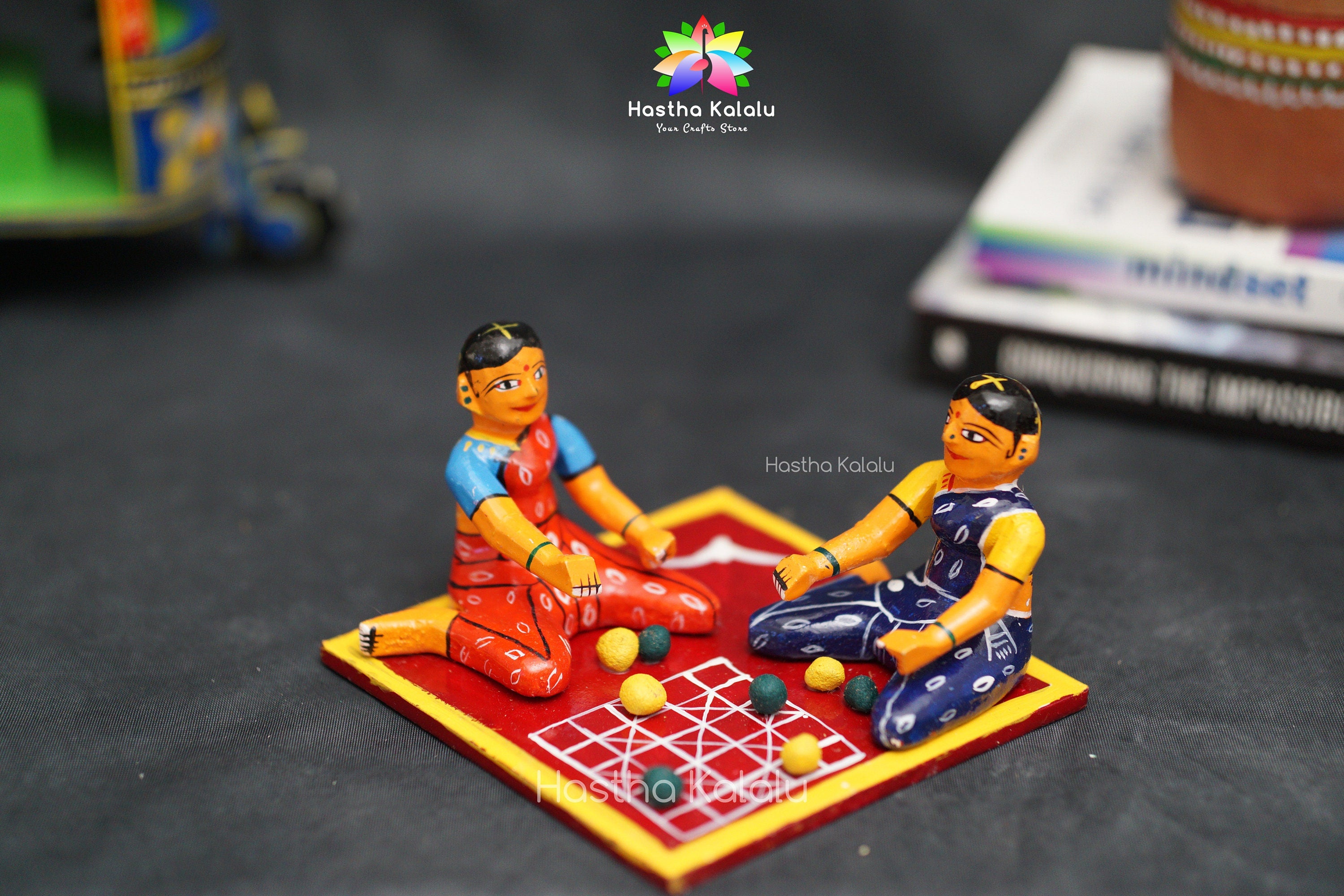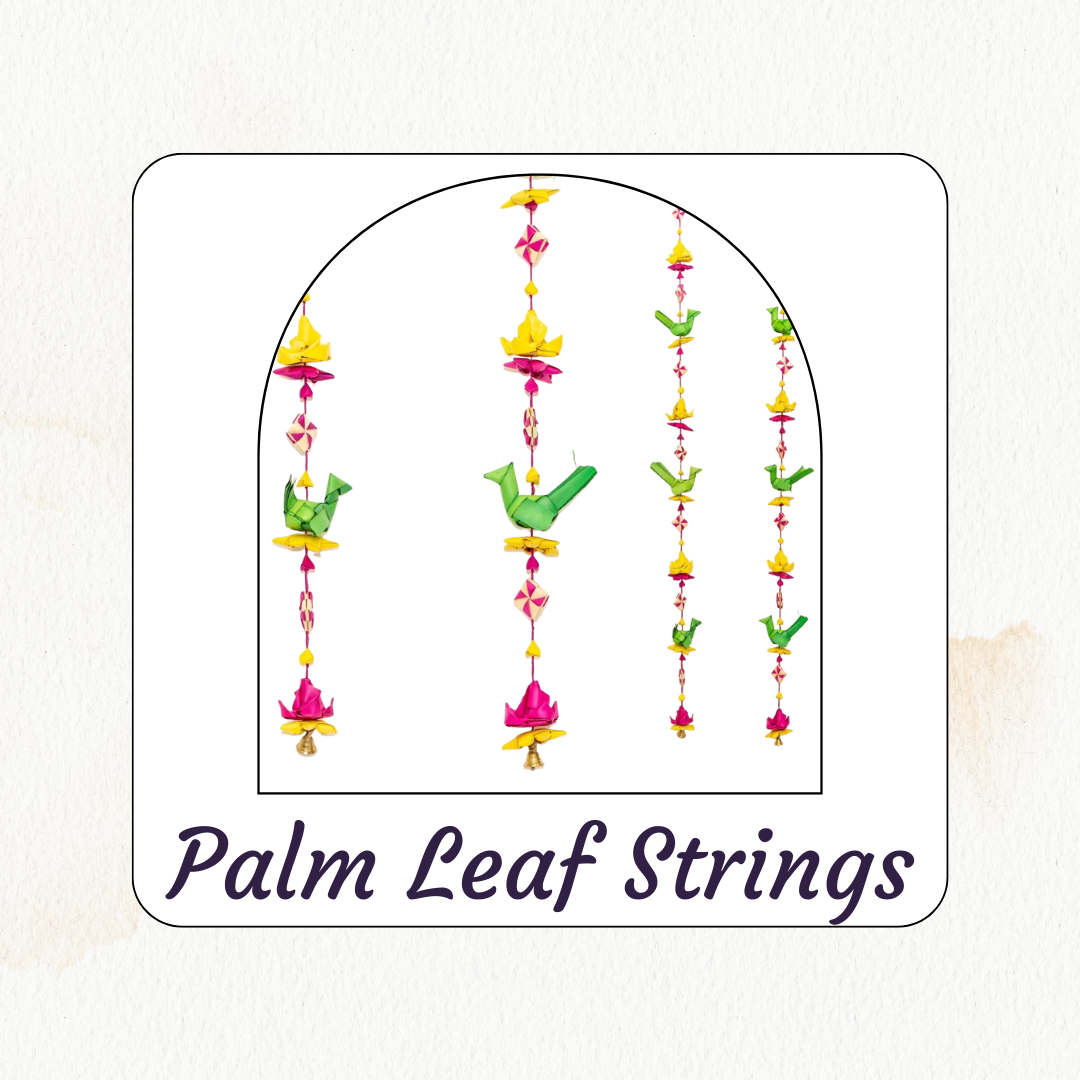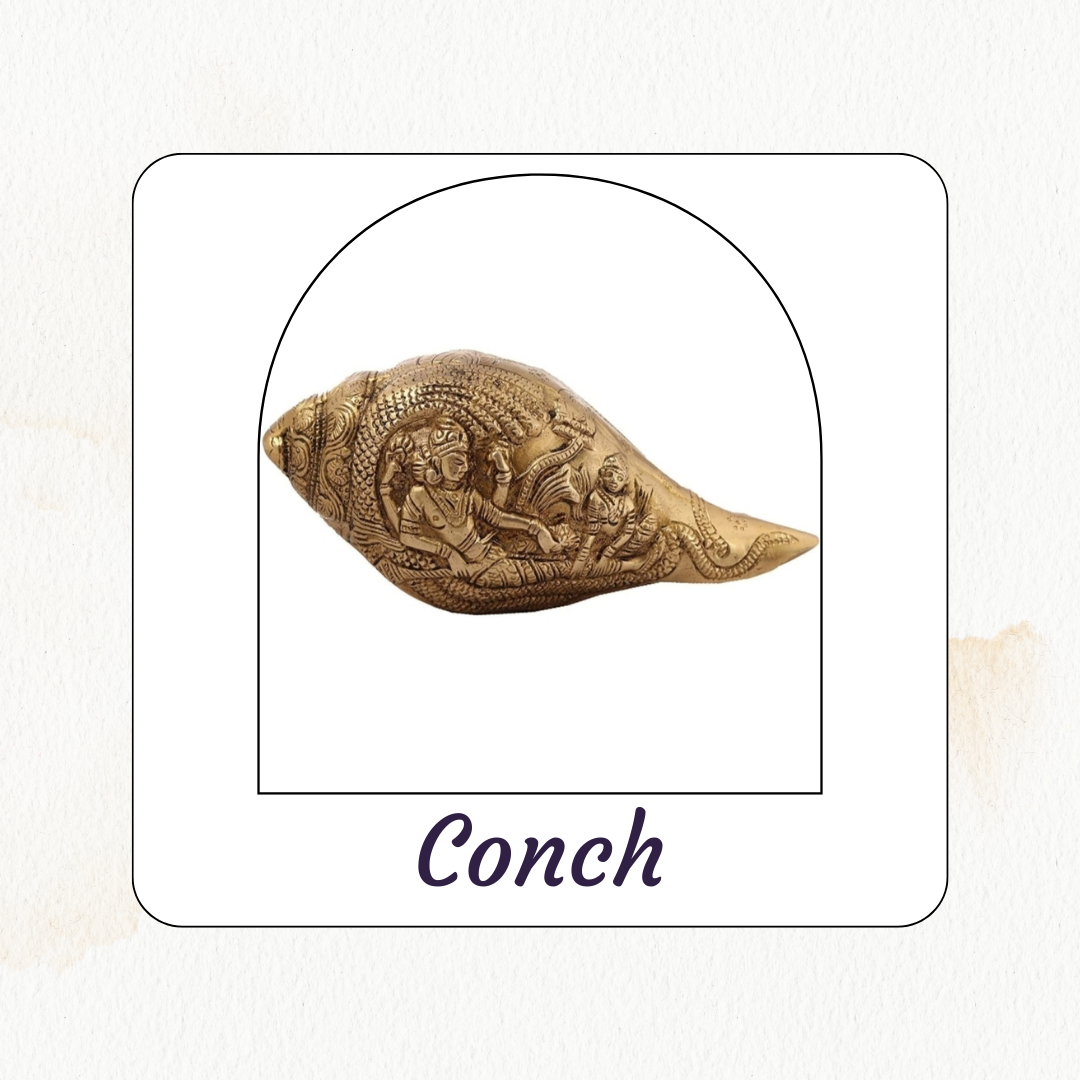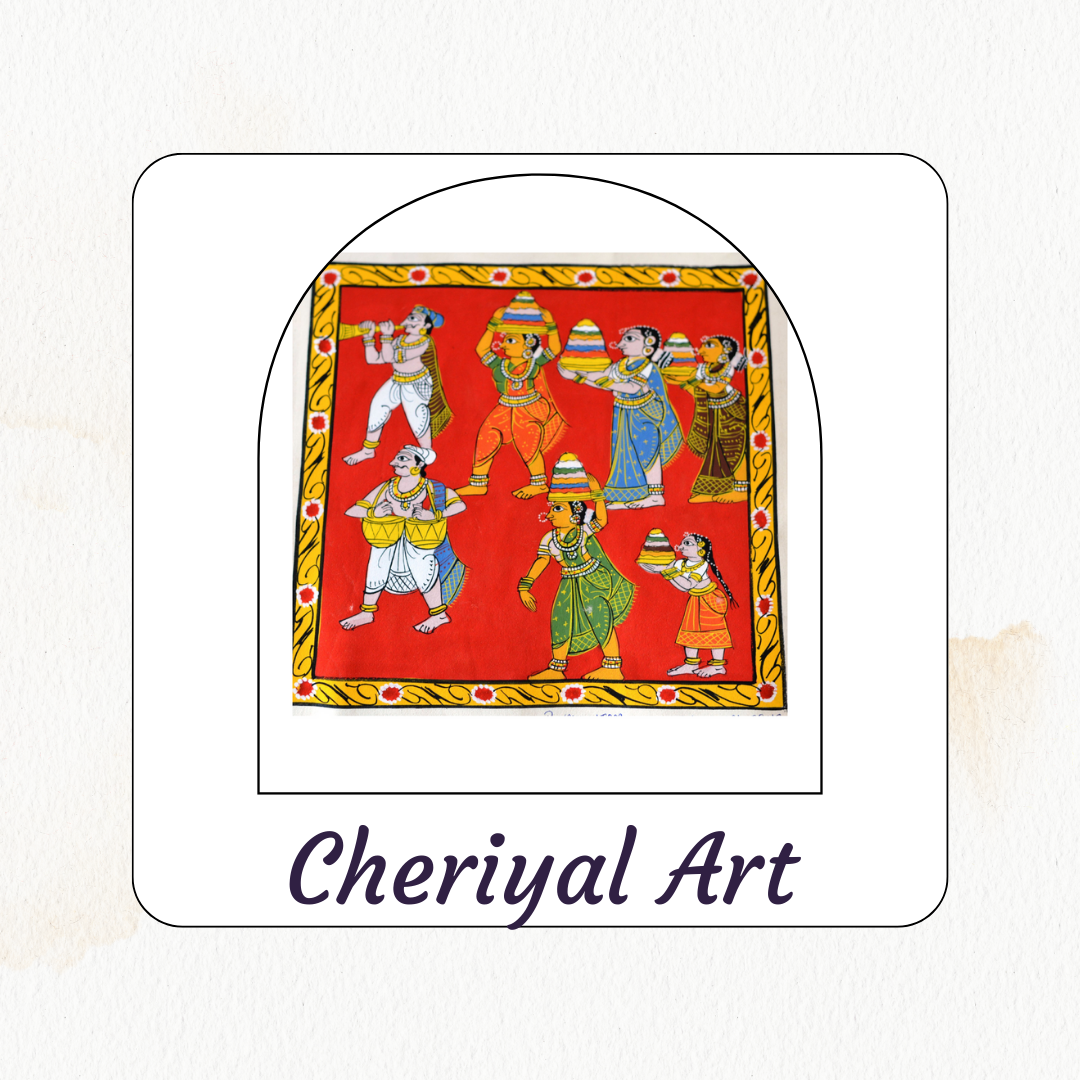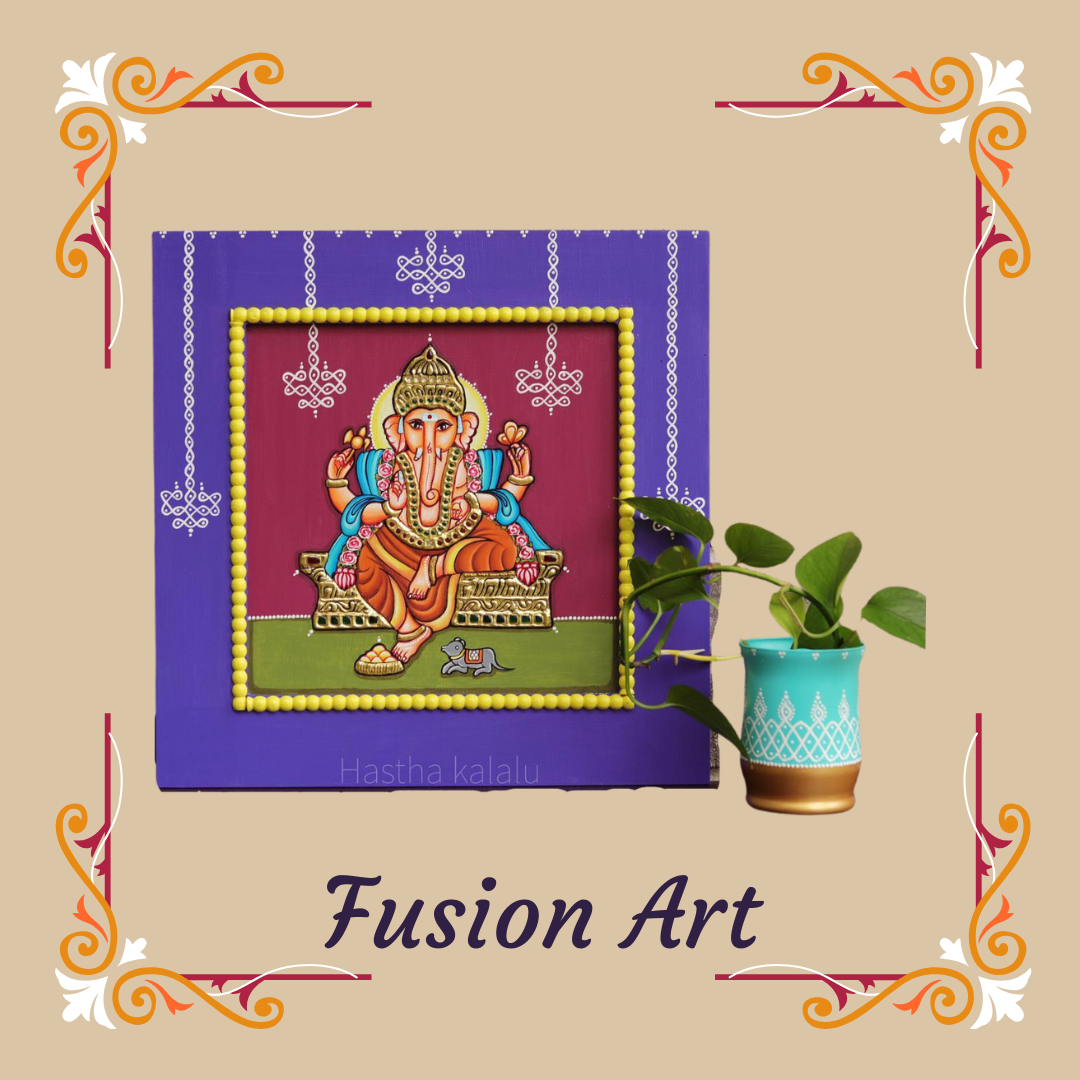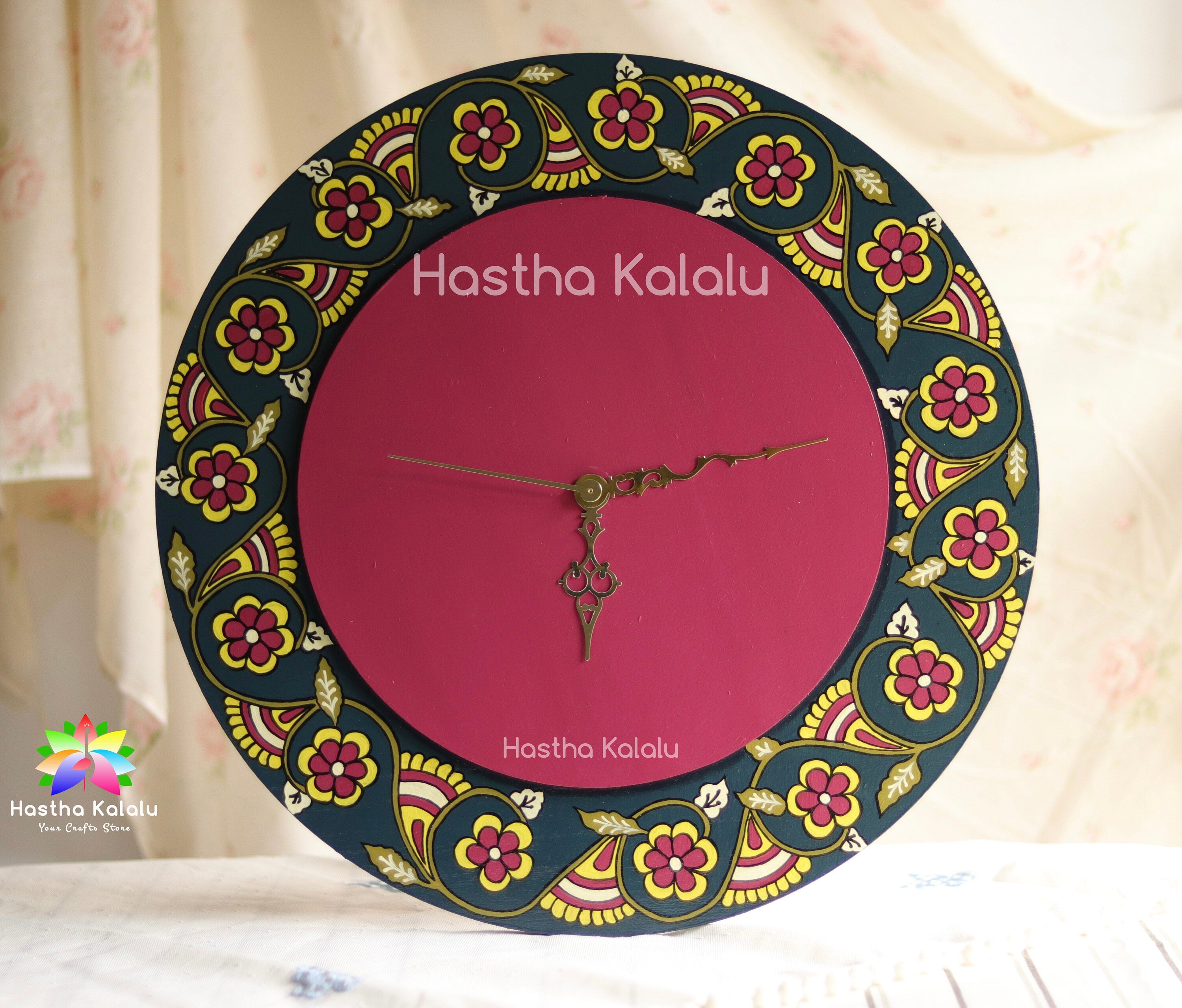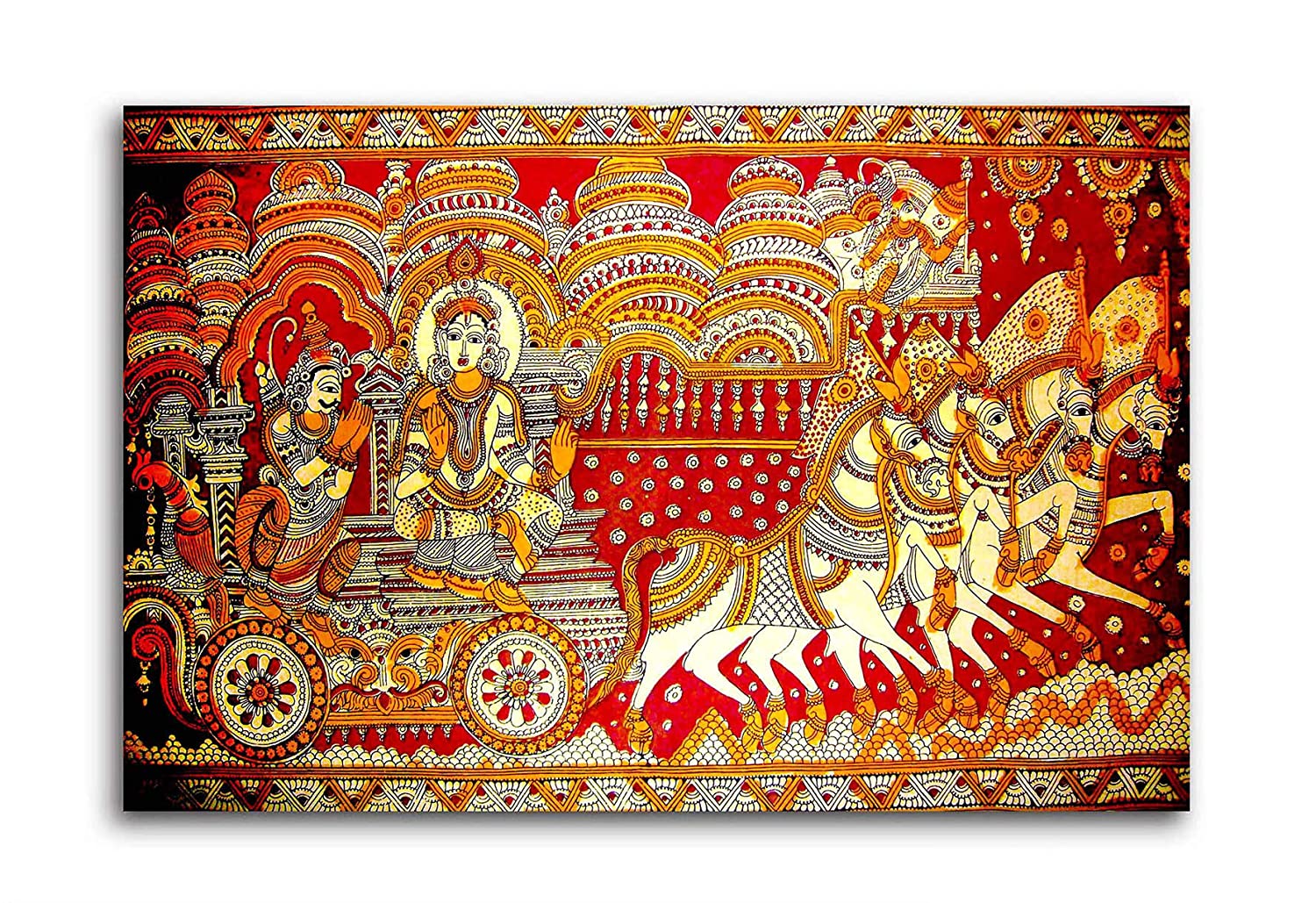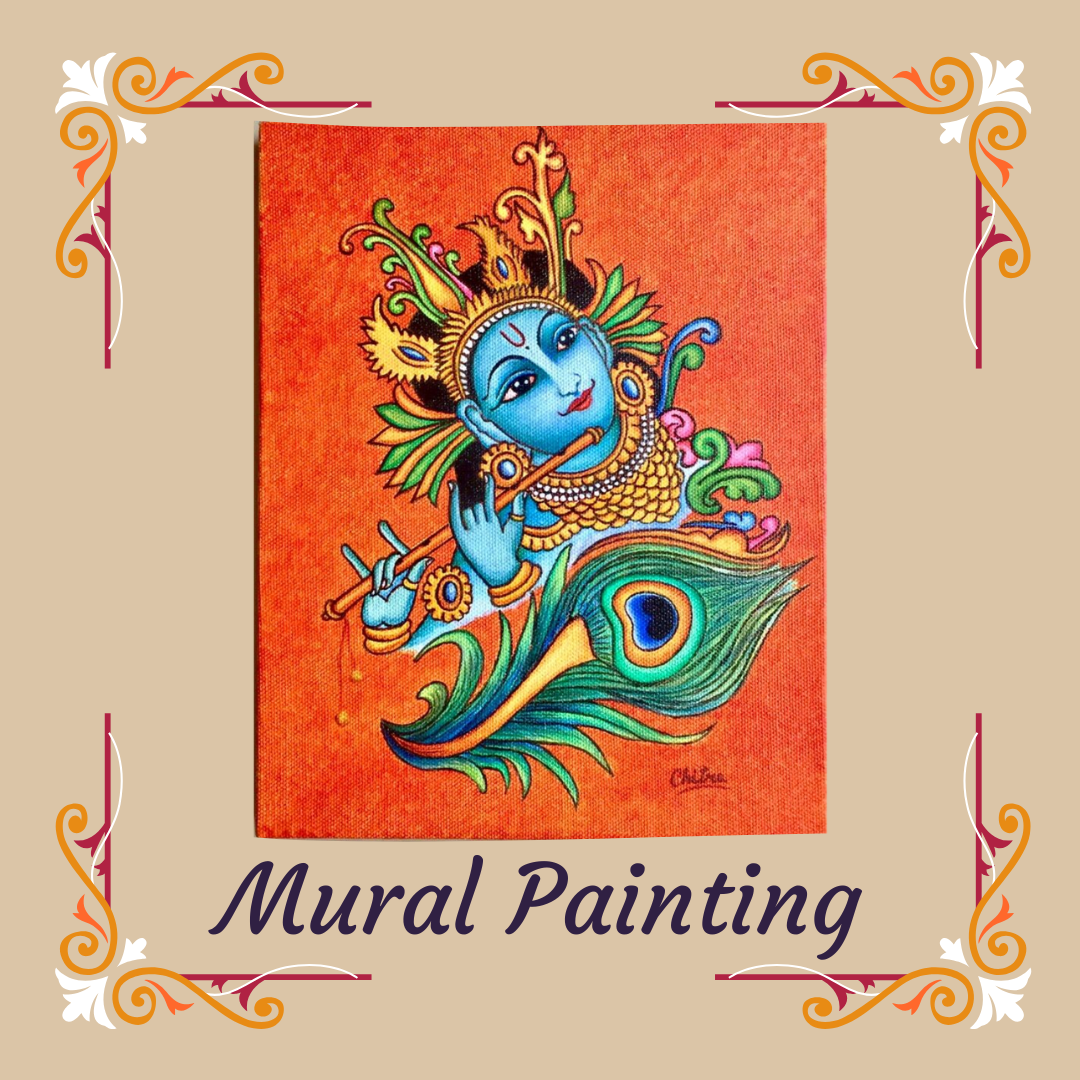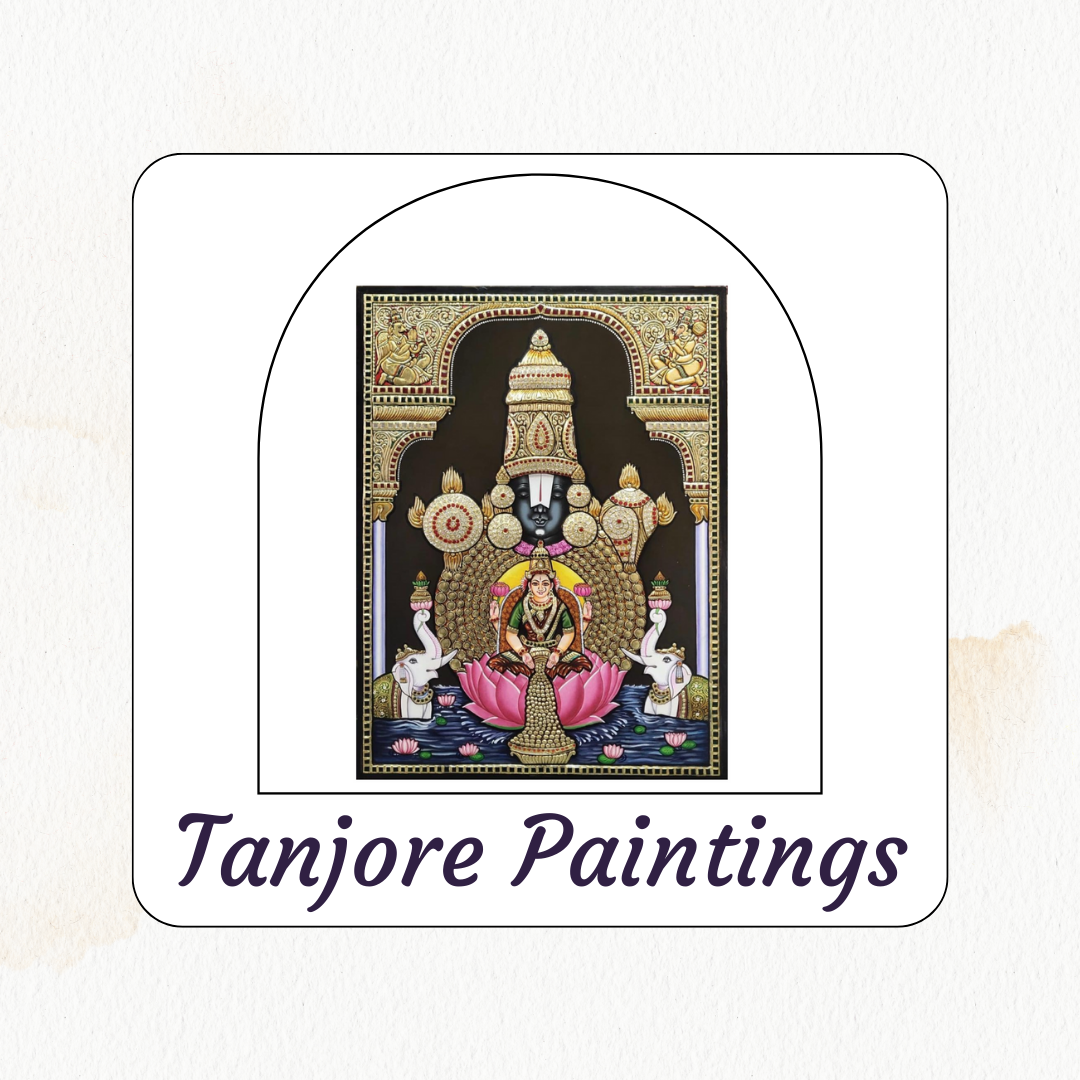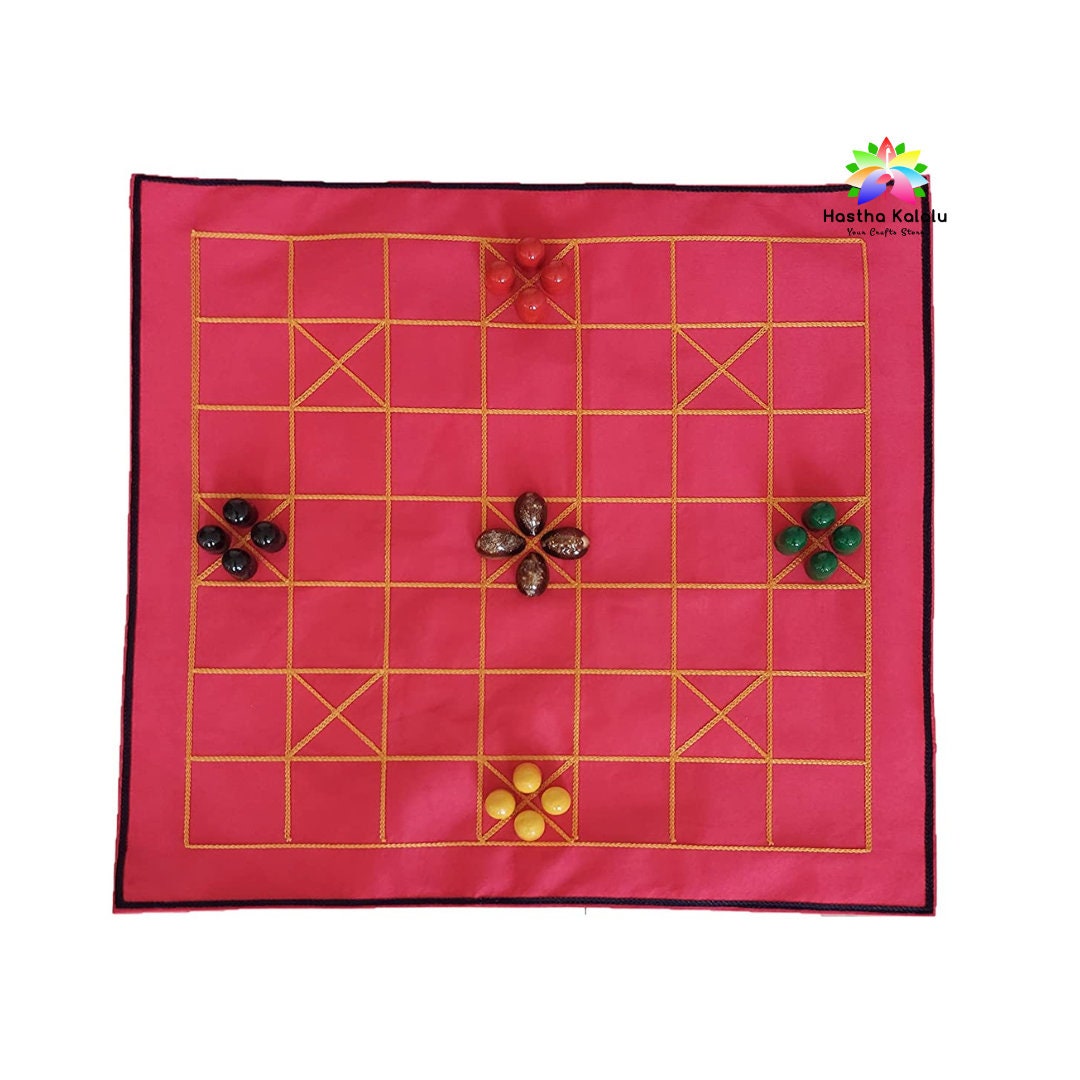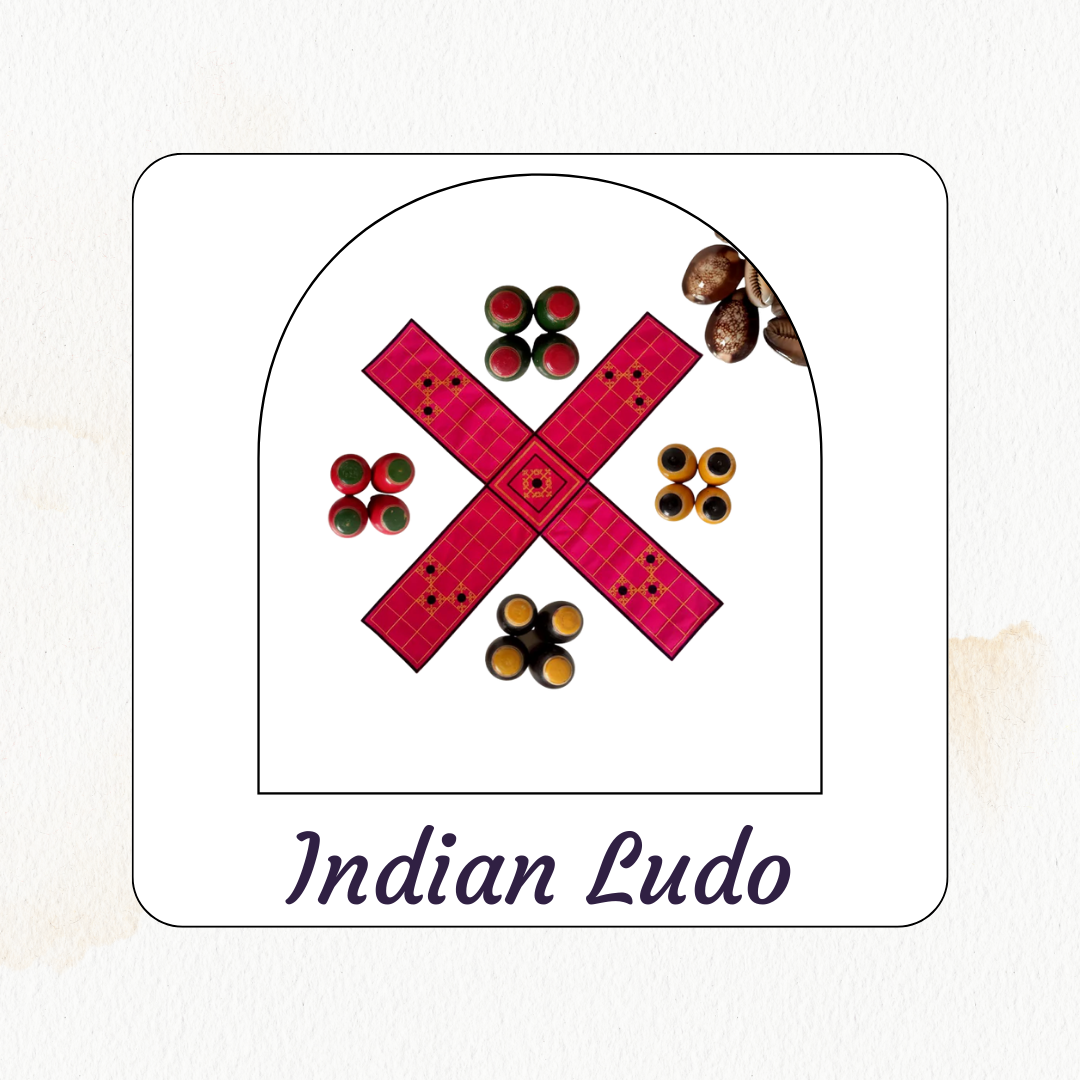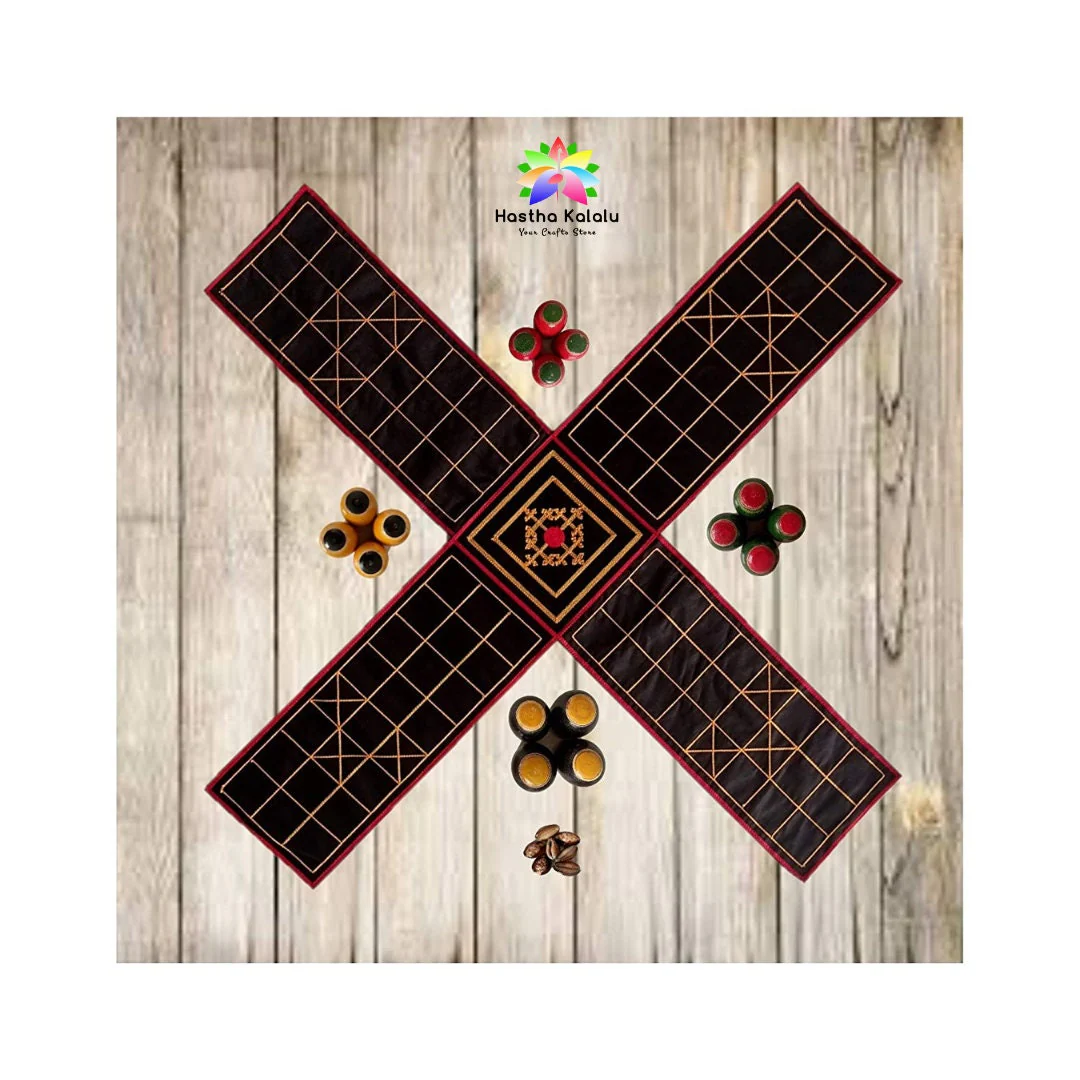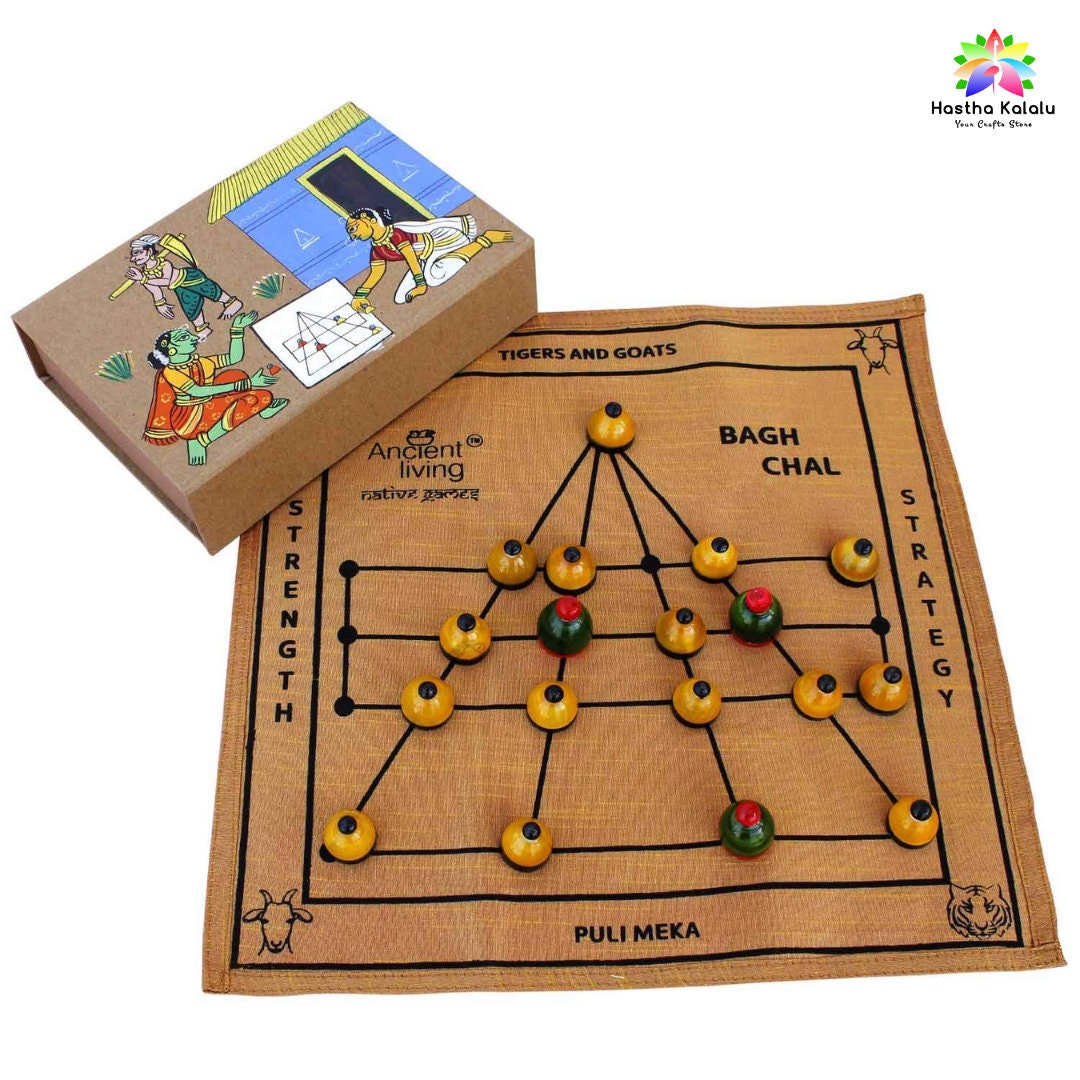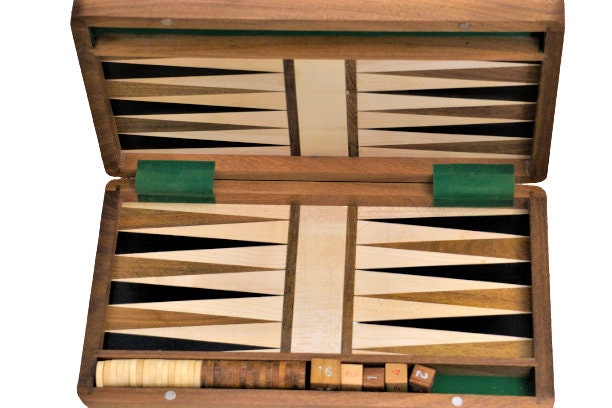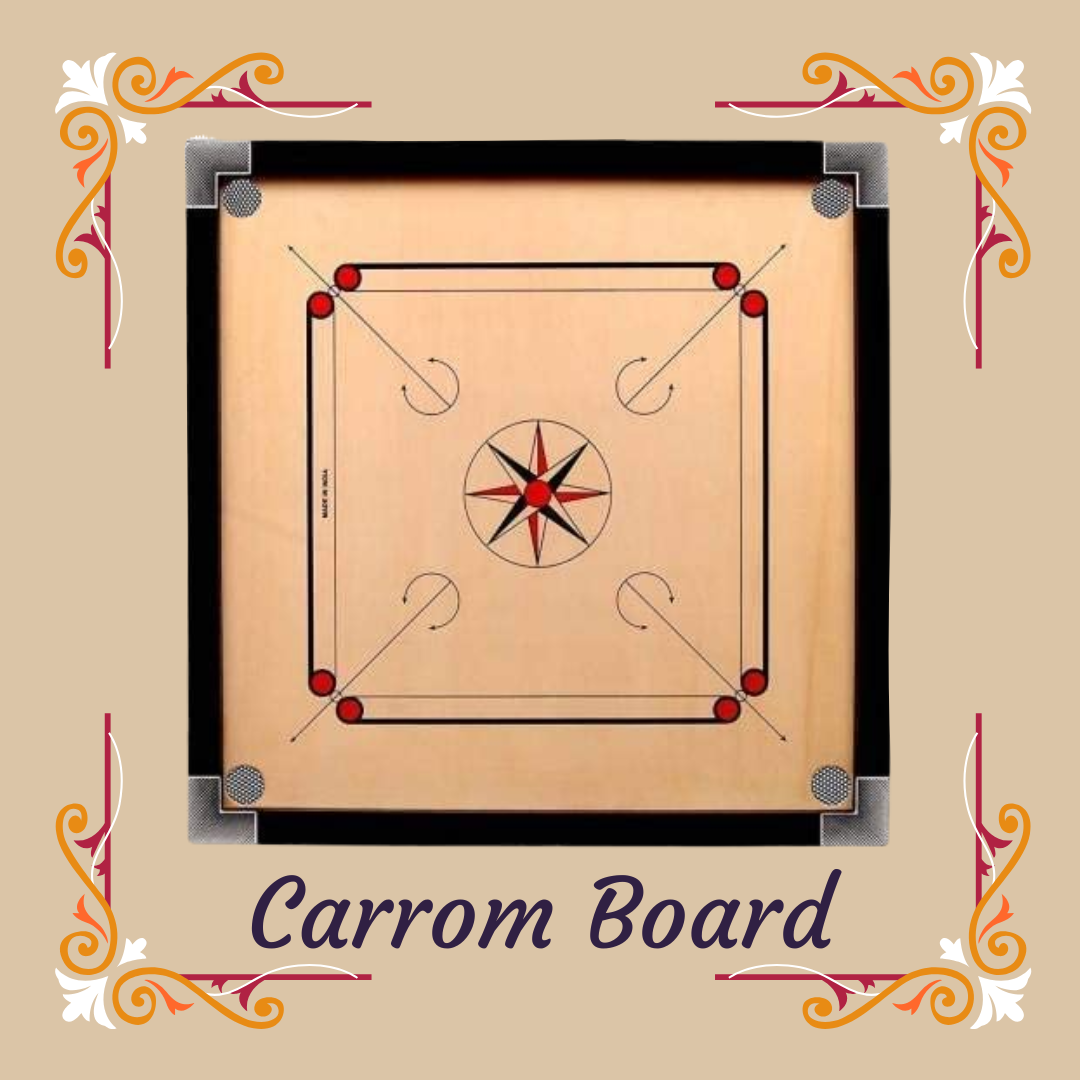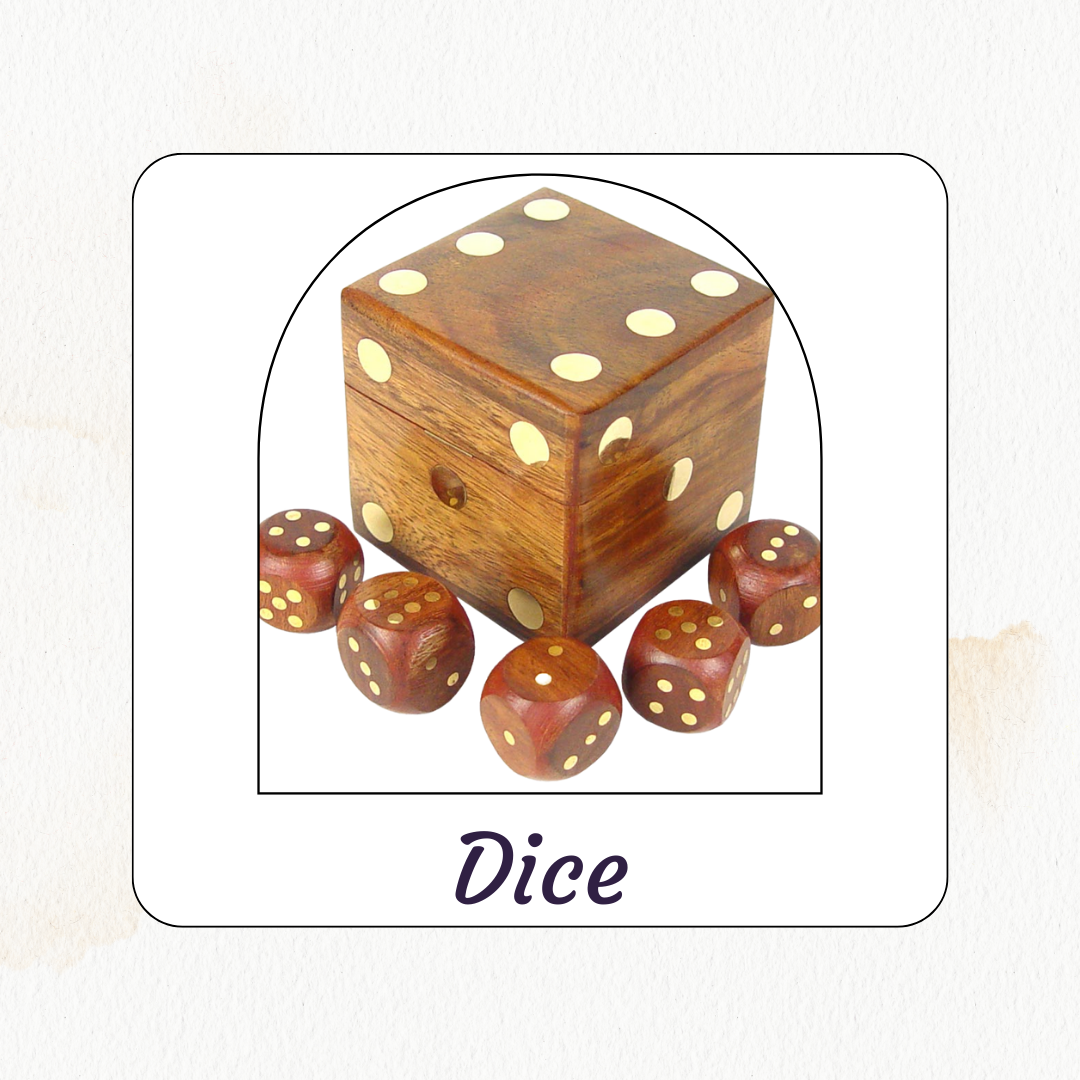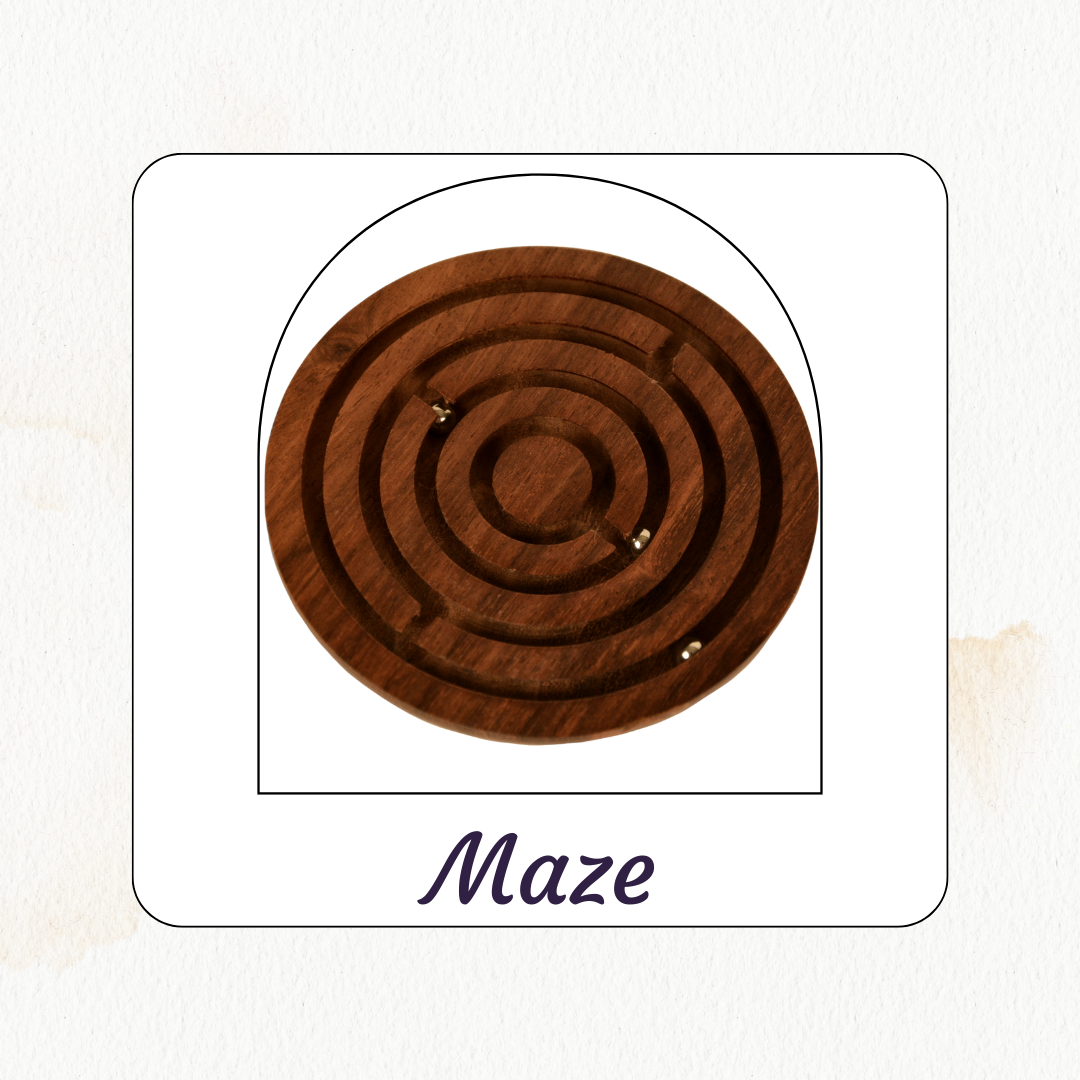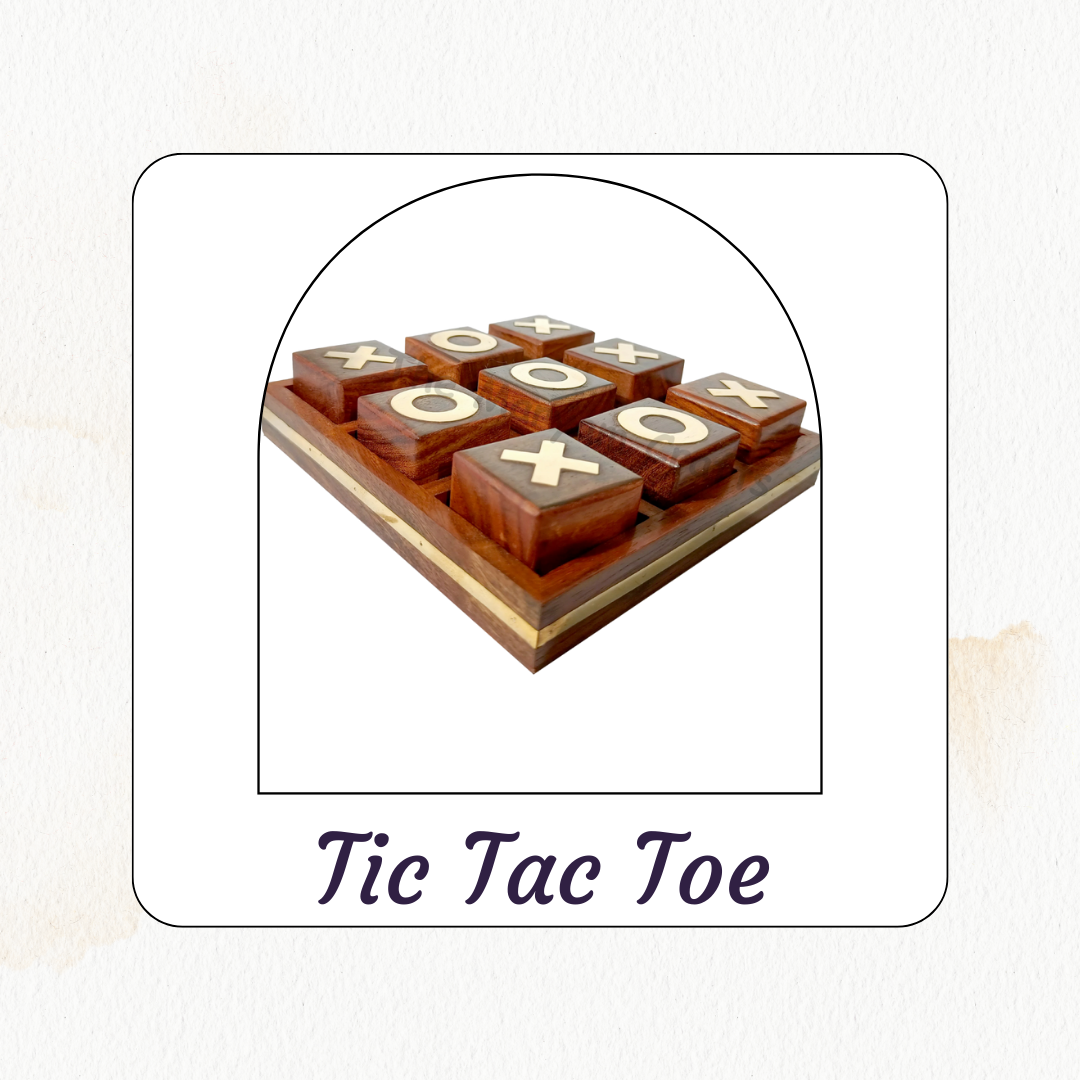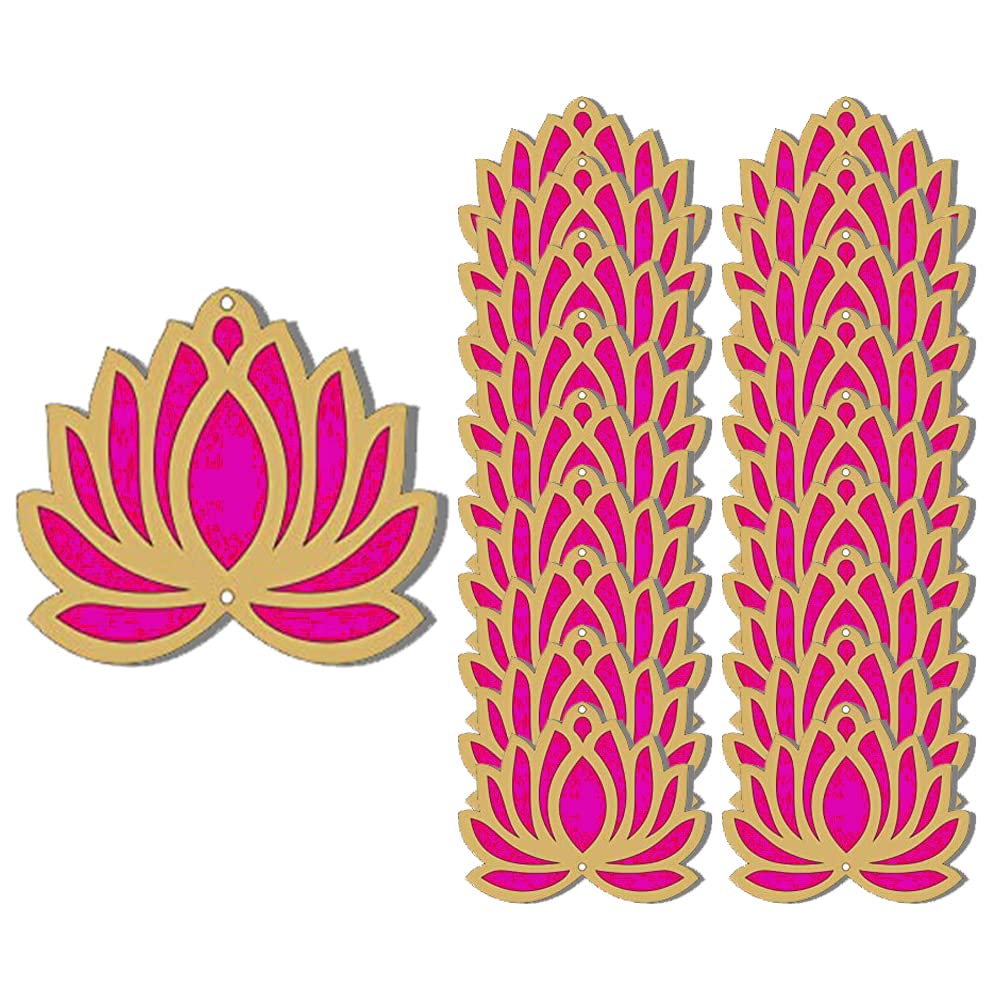India is known for its rich cultural heritage and diversity, and one of the aspects that showcase this diversity is the various festivals celebrated throughout the year. One such festival is Vaisakhi, which is also known as Baisakhi or Vaishakhi. It is celebrated in different parts of India, but its significance varies from region to region. In this blog, we will discuss the history, significance, and celebration of Vaisakhi.
History and Significance
Vaisakhi is a harvest festival that marks the beginning of the Sikh New Year and commemorates the formation of Khalsa Panth, a community of Sikhs, by Guru Gobind Singh in 1699. The festival also holds significance in Hinduism, as it marks the solar new year and the beginning of the new astrological year. Additionally, in some parts of India, Vaisakhi is celebrated as the birthday of Lord Vishnu’s ninth incarnation, Lord Parshuram.
In Punjab, Vaisakhi has a significant historical background. It was on this day in 1699 when Guru Gobind Singh, the tenth guru of the Sikhs, established the Khalsa Panth, a community of Sikhs who pledged to follow the principles of Sikhism and protect the weak and oppressed. On this day, he also asked for five volunteers to offer their lives for the cause of Sikhism, which led to the formation of the Panj Pyare (five beloved ones). The Khalsa Panth symbolizes courage, sacrifice, and selfless service.
Celebration
Vaisakhi is celebrated with great zeal and enthusiasm in different parts of India, especially in Punjab. People wake up early in the morning, take a bath, and visit the gurdwara (Sikh temple) to offer prayers. The gurdwaras are decorated with flowers, and kirtans (Sikh hymns) are recited. Langar (community kitchen) is also organized, where people from different backgrounds and religions come together to share a meal.
In Punjab, people celebrate Vaisakhi by performing the traditional folk dance, Bhangra. Men and women dress up in colorful attire and dance to the beats of the dhol (a traditional Indian drum). They also perform Giddha, a traditional dance form of Punjabi women.
Another important aspect of Vaisakhi celebration is the Nagar Kirtan, a Sikh procession that includes the Guru Granth Sahib (the holy book of Sikhism), which is carried on a decorated palanquin. The procession also includes martial arts display, music, and chanting of religious hymns.
Apart from Punjab, Vaisakhi is also celebrated in other parts of India. In some parts of North India, people take a dip in the holy river Ganges and offer prayers to Lord Vishnu. In Maharashtra, people celebrate Vaisakhi as the New Year and organize cultural programs and feasts.
Conclusion
Vaisakhi is a festival that celebrates the spirit of harvest, courage, sacrifice, and community service. It is a reminder of the values that Sikhism propagates and the cultural diversity of India. The festival brings people from different backgrounds and religions together, and it is a symbol of unity and harmony.
If you're looking to add some unique and authentic decorations to your Vaisakhi celebration, consider checking out the beautiful crafts offered by Hastha Kalalu. This company specializes in traditional handicrafts made by skilled artisans from different parts of India.
Their collection of Vaisakhi decorations includes vibrant and colorful handcrafted products such as paper mache items, handmade torans (door hangings), wooden wall hangings, and much more. These unique decorations will not only add a touch of authenticity to your celebration, but also support local artisans and help keep traditional Indian handicrafts alive.
By choosing to buy from Hastha Kalalu, you are not only adding to the beauty of your Vaisakhi celebration, but also contributing to the livelihoods of skilled artisans who work hard to preserve the rich cultural heritage of India. So why not choose to celebrate Vaisakhi in a unique and meaningful way by choosing to buy from Hastha Kalalu.

